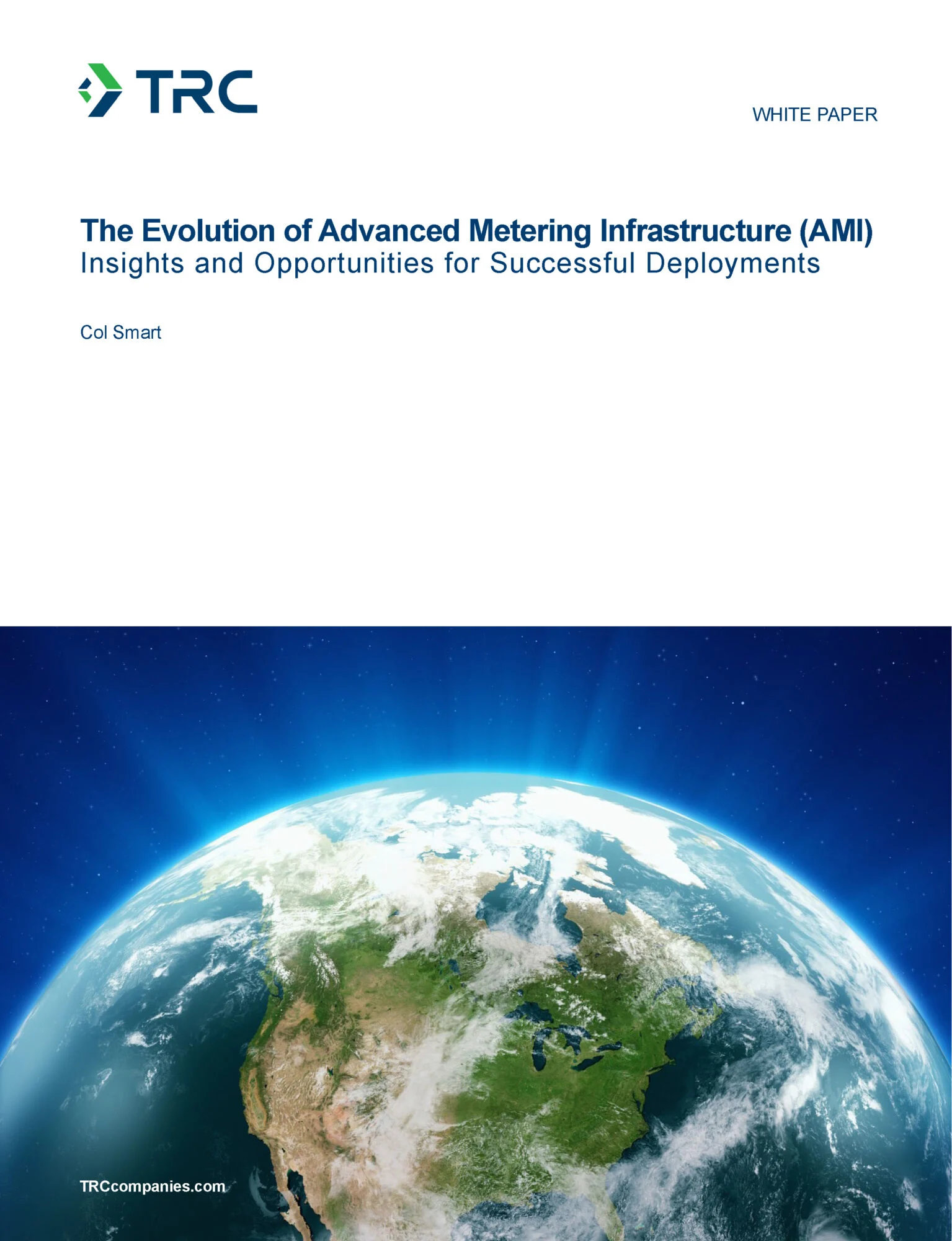According to the Edison Foundation’s Institute for Electric Innovation, over 124 million smart meters were expected to be installed in 78 percent of US households by the end of 2022.
But what are smart meters expected to do and how well do they do it? How should smart meter deployments evolve?
Generally, smart meters are deployed using a technology platform approach known as advanced metering infrastructure (AMI). The United States Department of Energy (DOE) defines AMI as “an integrated system of smart meters, communications networks, and data management systems with automated, two-way communication between the meter and the utility.”
For the most part initial AMI deployments, which commenced nearly 20 years ago, have been successful in the focus on utility operational aspects, especially for aspects that relate to the management of customer accounts: billing, account connection, account disconnection, and tampering detection. With various levels of completeness and success utilities have also leveraged their AMI platforms to inform their outage management processes.
AMI 1.0 moves to AMI 2.0
Many utilities are still embarking on their AMI journeys while the initial AMI deployments, also called AMI 1.0, begin to reach their end of useful life. Vendors of AMI solutions are seeking to make the case for more advanced, and costly, functionality known as AMI 2.0, with yet unproven or quantified benefits.
AMI 2.0 brings a new generation of smart meters with the potential capability to be a control gateway for various Distributed Energy Resources (DERs) which are within the customer’s domain of control. These meters are being positioned as having the potential for some level of edge compute and ability to communicate with and operate DERs in concert across multiple customers to garner a desired outcome at a specific level of electric system operational depth. Yet, for the most part these DERs are already part of a monitoring and control ecosystem focused on customer preferences.
Key Considerations for AMI 2.0 Value
The DOE notes that the implementation of AMI systems is a significant effort and identifies that the AMI value streams depend on how the AMI solution is implemented. When meter provider Itron partnered with research firm Zpryme to identify the challenges before utilities as they consider the implementation of new grid edge solutions, they found that integration with other internal or external IT systems was the most common challenge.
It is important to recognize that it is the implementation and maintenance of the enabling IT infrastructure beyond the actual meter which creates great challenge for utilities and their technology partners.
The challenges involved with core AMI operations begs the question whether AMI is the best pathway to control non-utility owned DERs of various types and function. Especially when the vendors of non-utility owned DERs have various control pathways and consumer priorities.
A successful AMI deployment, whether it be AMI 1.0 or AMI 2.0, requires a clear understanding of the IT ecosystem in which the AMI system will operate and the consumer objectives of any DERs to be included.
TRC has worked extensively with utility customers to successfully roadmap and execute complex technology solutions such as AMI. TRC’s white paper “The Evolution of Advanced Metering Infrastructure Insights and Opportunities for Success Deployments” provides insight to AMI 1.0 deployments, AMI 2.0 opportunities and thoughts for AMI decision making and successful deployment.
The Evolution of Advanced Metering Infrastructure (AMI): Insights and Opportunities for Successful Deployments
AMI is a major foundational investment for any utility. Download the whitepaper to gain more insight of an AMI deployment.



